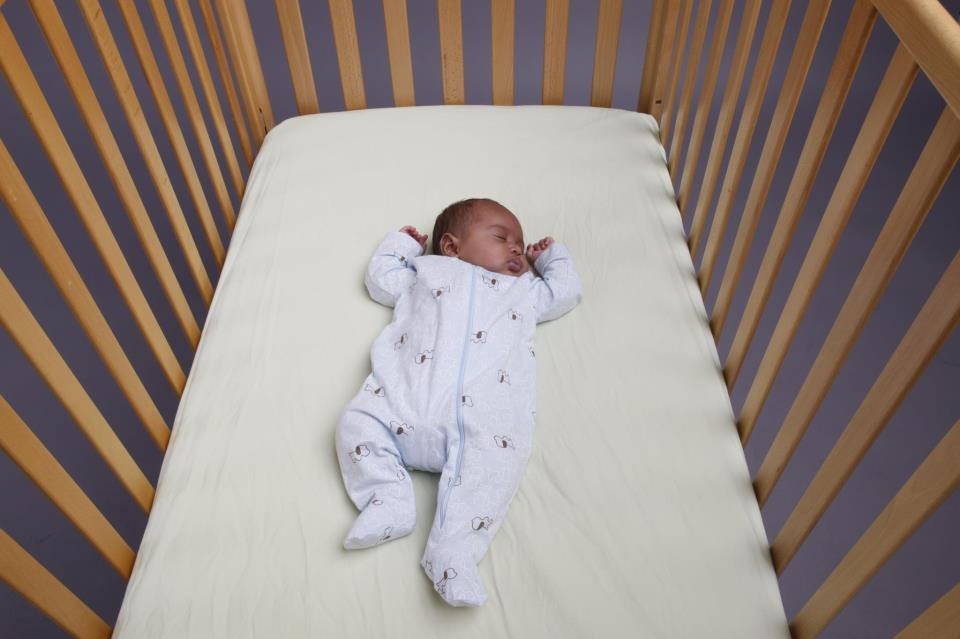 As we jump into warm summer days, backyard barbecues and summer festivals are upon us. Alongside more outdoor time, comes too an increase in many well-loved summer activities. Bounce houses, though a common attraction at parties and events, can pose a risk to children if they are not in good condition, set up improperly or used without sufficient monitoring.
As we jump into warm summer days, backyard barbecues and summer festivals are upon us. Alongside more outdoor time, comes too an increase in many well-loved summer activities. Bounce houses, though a common attraction at parties and events, can pose a risk to children if they are not in good condition, set up improperly or used without sufficient monitoring.
According to the CPSC, there were 63,180 emergency department treated injuries as a result of inflatable amusements between 2010 and 2013. Of these, 60,019 (95%) were directly caused by moon bounces. The study also indicates that the number of inflatable related injuries has been increasing annually since 2003, as these products become more popular. Despite the high number of injuries occurring in these products, there are easy ways to make play in the equipment safer.
Ensure the bounce house is sufficiently grounded, and do not use in windy conditions. Although uncommon, bounce houses can fly away under windy conditions if not properly set up. To prevent the possibility of injury, insure all the spokes of the bounce-house are fully in the ground, to prevent wind blowing away the inflatable away.
Limit number of children on a bounce house at one time. Collisions between children, being pushed, kicked or fallen onto one another accounts for 16.2% of emergency room visits, as documented by a 2012 publication of the Official Journal of the American Academy of Pediatrics.
Children of different sizes should be kept in different ‘bouncing groups.’ Although any collision can cause injury, collisions between a large and small child pose a greater risk. Consider having ‘big kids’ and ‘little kids’ time.
Limit or closely monitor play of children under the age of 6. As reported in the Pediatrics study, 35.8% of bounce-house related injury occurs in children under the age of 6. Consider whether or not you feel comfortable letting your child in the bounce house, and again keep groups small, and within age groups.
Do not use a bounce house if it is partially or totally deflated. Sustaining injuries is more common if the bounce house is deflated, as there is an increased risk in falling unevenly or on the ground below.
Closely monitoring that the bounce house is set up properly by the supplying company, in good, stable condition, and that children play in small groups can help prevent injury this summer season. We are also aware of injuries that have occurred at indoor inflatable play areas. These safety guidelines apply to those areas as well.
For more updates on this issue and other product safety issues, follow KID on Facebook and Twitter and sign up for our monthly email alerts.


